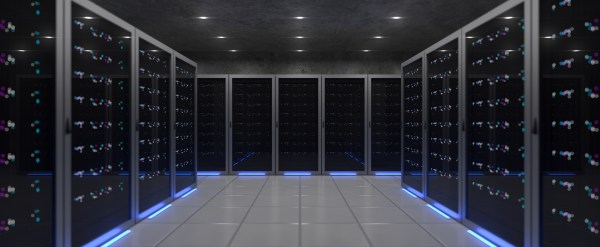Right-sizing operations is key to achieving optimum cost-effectiveness. Robust capacity planning is crucial to ensuring that provisioning always reflects demand accurately. Here is a quick guide to what you need to know about it.
The basics of capacity planning
In the context of data centers, the term “capacity” refers to the maximum amount of resources available to meet operational demands. Proper capacity planning ensures scalability. It therefore ensures that data centers can handle current and future demands without performance degradation or resource shortages.
Key factors influencing capacity requirements
Currently, there are five key factors that influence capacity requirements. Here is an overview of them.
Current usage patterns: Understanding the baseline performance and resource utilization of a data center is essential. Analyzing current workloads, application demands, and user activity provides a foundation for predicting future needs. This includes monitoring CPU, memory, storage, and network usage to identify trends and potential bottlenecks.
Growth projections: Business growth directly impacts data center capacity. Projections based on historical data, market trends, and business objectives help estimate future resource needs. For example, an anticipated increase in user base or data volume necessitates additional compute and storage capacity to maintain performance levels.
Technology advancements: Emerging technologies such as AI, machine learning, and IoT require significant compute power and data storage. Anticipating the adoption of such technologies is crucial for capacity planning. Additionally, advancements in hardware, such as more efficient processors and high-capacity storage solutions, influence how capacity is scaled.
Application development and deployment: The lifecycle of applications, including development, deployment, and updates, affects capacity requirements. Modern applications, particularly those using microservices and containerization, can dynamically change resource demands. Planning for these fluctuations ensures adequate resources are always available.
Regulatory and compliance requirements: Data centers must comply with industry standards and regulations that often dictate specific capacity and performance benchmarks. Understanding these requirements helps in planning the necessary capacity to meet compliance and avoid penalties.
Strategies for anticipating future growth
Here is an overview of five effective strategies for anticipating future growth.
Demand forecasting
Businesses can utilize demand forecasting techniques to anticipate future growth by analyzing historical data, market trends, and business objectives. This involves using statistical models and machine learning algorithms to predict future resource requirements based on past usage patterns.
Accurate demand forecasting allows data centers to plan for necessary capacity expansions and avoid over-provisioning or under-provisioning resources.
Scalability solutions
Implementing scalable infrastructure is essential for accommodating future growth. Modular design allows data centers to add resources incrementally, such as adding more servers or storage units as demand increases.
Cloud integration provides flexibility, enabling businesses to scale compute and storage resources up or down based on current needs. Hybrid solutions that combine on-premises and cloud resources ensure optimal performance and cost-efficiency, allowing for seamless scaling.
Adopting emerging technologies
Incorporating emerging technologies like AI and automation can enhance capacity planning by optimizing resource allocation and predicting future needs more accurately. AI-driven analytics can provide insights into usage patterns and help forecast future demands.
Automation tools can streamline capacity management by automatically provisioning resources based on predefined policies, ensuring that the data center can adapt to changing requirements efficiently.
Continuous monitoring and analysis
Implementing continuous monitoring and analysis tools is crucial for maintaining an up-to-date understanding of resource utilization. These tools collect real-time data on compute, storage, and network usage, providing visibility into performance and identifying potential bottlenecks.
Advanced analytics can predict when resources will reach critical levels, allowing businesses to plan for capacity upgrades before performance issues arise.
Flexible architecture design
Designing data centers with flexible architecture ensures they can adapt to future technological advancements and changing business needs. This includes using software-defined infrastructure (SDI) that decouples hardware from software, allowing for more dynamic resource allocation.
Flexible architecture also involves adopting open standards and interoperable systems. This facilitates easy integration of new technologies and efficient scaling of resources.
Best practices in capacity management
Here is an overview of three important best practices in capacity management.
Regular capacity assessments
This involves systematically analyzing resource usage patterns and comparing them against projected demands. Tools like performance monitoring software and analytics platforms can help identify trends and potential bottlenecks. By performing these assessments periodically, businesses can make informed decisions about when to upgrade or reallocate resources, ensuring that the data center can meet current and future needs without over-provisioning.
Capacity planning tools
These tools provide detailed insights into resource usage, help forecast future demands, and simulate the impact of potential changes. Features such as automated alerts for threshold breaches and predictive analytics enable proactive management, ensuring that resources are scaled appropriately before performance issues arise.
Scalable infrastructure design
This involves using modular hardware that can be easily expanded and implementing scalable network architectures that support increased traffic. Additionally, adopting cloud-based services and hybrid solutions provides flexibility in scaling resources on demand. Scalable infrastructure ensures that the data center can grow in line with business needs without requiring major overhauls or downtime.







